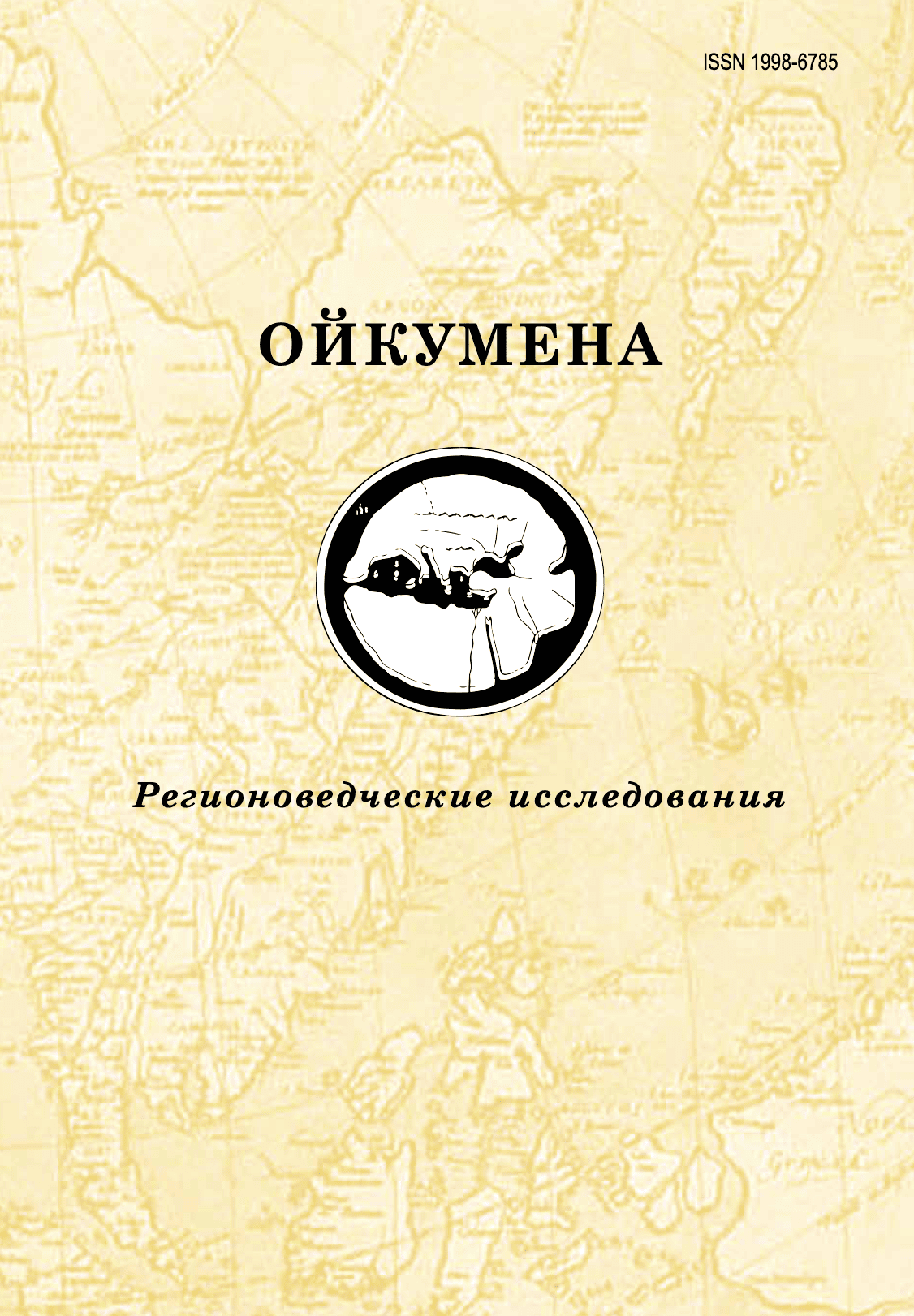The article presents an analysis of internal migration in the Russian Federation, with a particular focus on the Far Eastern Federal District. The authors present a comparative analysis of statistical data on interregional migration between the subjects of the Far Eastern Federal District and the European part of Russia for the period from 1991 to the present. The work enables the formation of a comprehensive picture that can not only reflect the dynamics of formal indicators, but also provide insights into their interpretation. The study identifies stable migration scenarios, determines the intensity of migration exchange between regions in different periods, as well as their specific features. In contrast with the post-Soviet narrative of the population "escaping" from the East to the West, the paper hypothesizes the existence of other scenarios due to the social peculiarities of the region and the existing phenomenon of "flow society".
migration, transmigration, Far East, region, dynamics, statistics, incoming and outgoing flows
1. Bliakher L. E. The art of unmanaged life. Moscow: Europe, 2014. 208 p. (In Russ.).
2. Kovalevskii A. V., Bliakher L. E. Far Eastern migration: peculiarities of the interpretation. Example of the Khabarovsk Territory case // Ojkumena. Regional Researches. 2020. N. 3. P. 120–127. (In Russ.) https://www.doi.org/10.24866/1998-6785/2020-3/120-127 EDN: https://elibrary.ru/CQCYQU
3. Kordonsky S. G., Dechant D. K. Neutralizing Threats as a Form of Government Activity // Microeconomics. 2014. N. 6. P. 52–58. (In Russ.) EDN: https://elibrary.ru/TDVNNP
4. Simagin Yu. A., Murtuzalieva D. D. Demographic Problems of Geostrategic Territories of the Russian Far East // Population. 2020. N. 4 (23). P. 153–160. (In Russ.). DOI: https://doi.org/10.19181/population.2020.23.4.14; EDN: https://elibrary.ru/ZWQAKK











